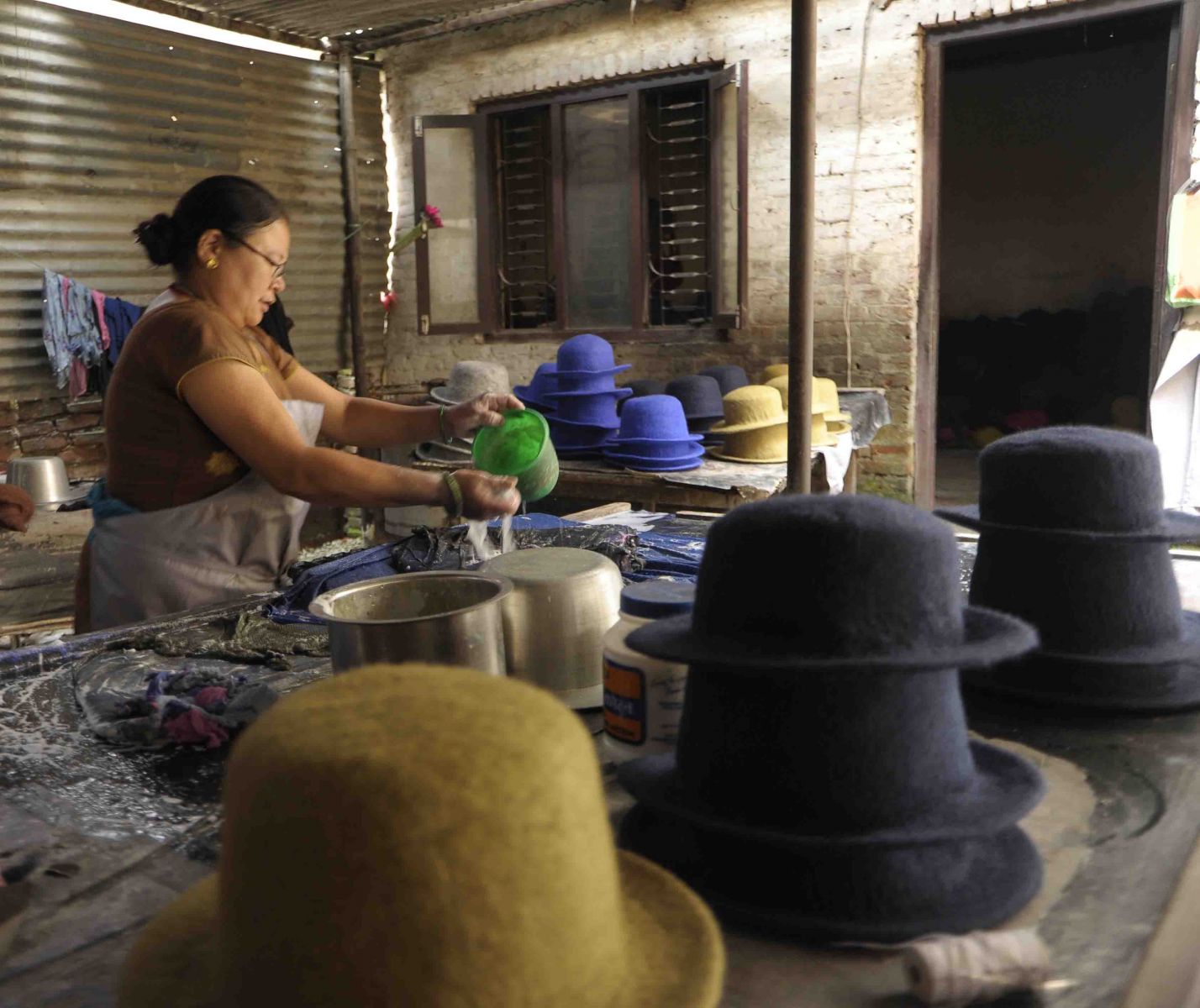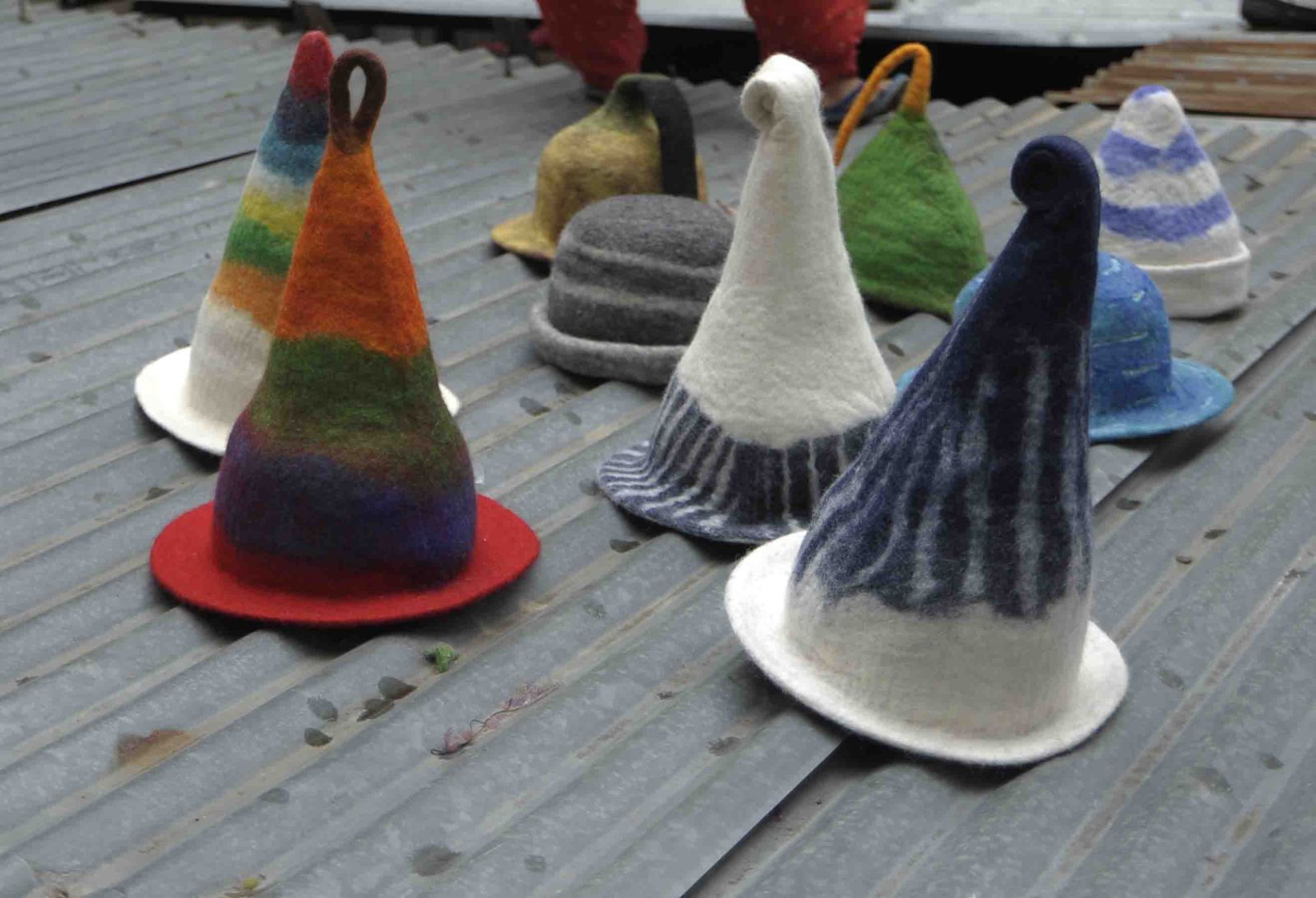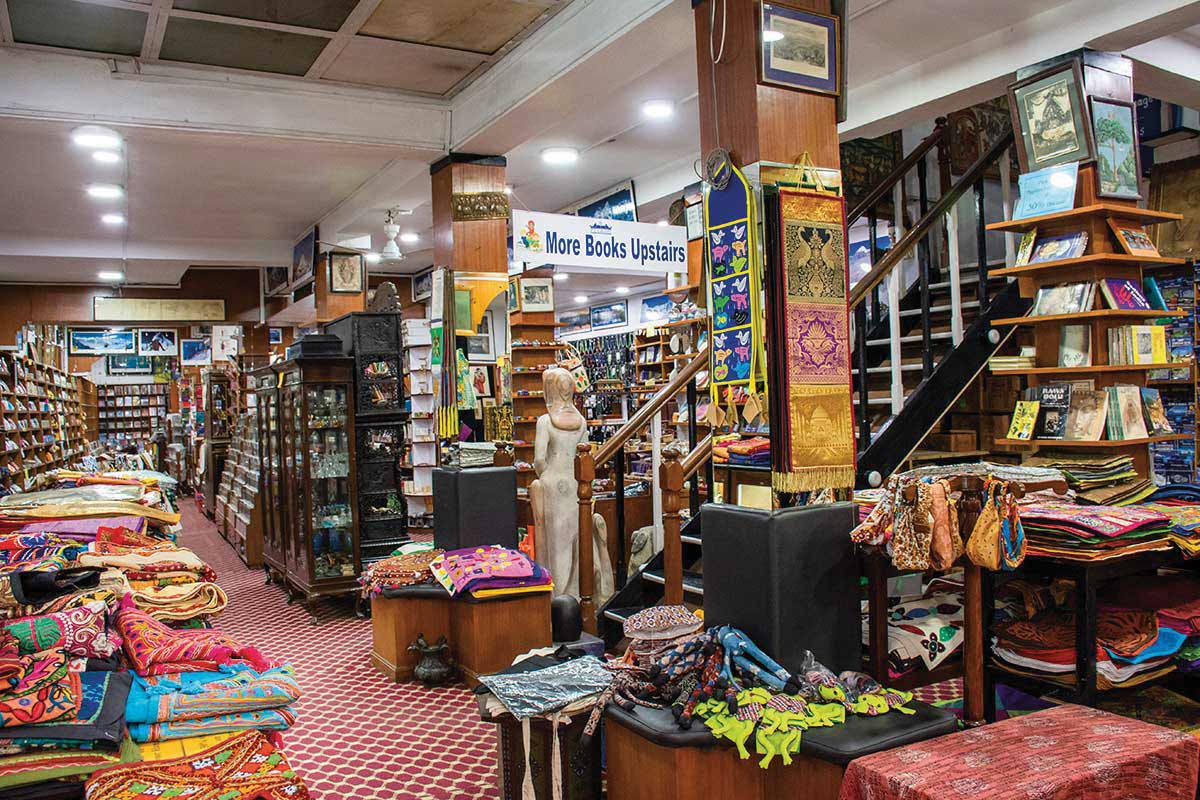
A Special Feel for Felt Craft
Synopsis: They are the perfect gifts for the folks back home, and they are souvenirs that will always bring back fond memories of Nepal
When you step into Thamel, you will find hundreds of handicrafts dazzling your eyes. Those most popular ones among tourists are undoubtedly woolen carpets and cashmere scarves. However, if you are looking for small, lovely, 100% handmade products designed by genuine Nepalis, then felt goodies feed your needs perfectly.
On the second floor of an inconspicuous building on Thabahi Road, Thamel, the signboard and the front view of ‘Ocean Crafts’ is obstructed by strings of vibrant wind chimes hanging outside, making it more like a celebration shop, or a candy shop, if your childhood memories are still fresh. Crowded with colorful, clumsy felt shoes, cushions, buckets, knitted hats, and even felt pen covers, the shop provides abundant choices for children and those who like cute things. Which means you can literally find an owl-shaped bag, a ‘penguin’ hat, a ‘ladybird’ hairpin, and all that stuff.
In Thamel you will not find those products with cliché textile covering and airy stuffing, which are too prevalent to be spending time on when picking up souvenirs. Though purchasing felt souvenirs seems out-of-season in summer, visitors endorse the energetic colors and the quality.

I visited their workshop, witnessing the process of creating a felt hat. At the beginning, the experienced workers weigh the quantity of wool by hand, rinsing and kneading with soapy water in leather and metal containers. The water has to be cold, because hot water cannot be utilized. Therefore, winter would be a hard time for craft makers, since their hands are drowned in cold water. “Many people don’t understand why these are expensive, but just look at the procedures and circumstances,” said Jagannath Panta, the owner. Yet, one hat sells for 250 rupees only, a product that has been made after one-and-a-half-hour of hard work.
Later, the hats will be put into the only machine in the workshop—a spin dryer. The last stage of the whole process is to expose them to sunlight for complete drying. While we talked, it started to rain. Workers rushed onto the roof and threw hats and wool downstairs. Along with the raindrops, its beats and notes composed a cheerful symphony. Suddenly, a woman holding an armful of hats fell, broke the beat, and dragged me back to reality.
“Why are most of the craft makers here women?” I asked Panta. He replied that these housewives, due to their lack of education, have better chances of finding a job here than in the city, and so can better support their husbands. Besides boosting the tourism economy, many such handicraft workshops provide job opportunities to rural residents, especially to women.










